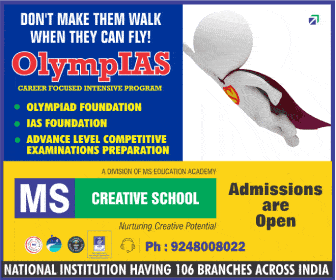[ad_1]
Cuttack: Chief Justice of India (CJI) D.Y. Chandrachud on Saturday said live streaming of court proceedings has a flipside, adding the judges need to be trained “because every word that we say is up in the public realm”.
Speaking at the Neutral Citation for the Indian Judiciary and National Conference on Digitisation, CJI Chandrachud said: “Today, most of the High Courts are doing live streaming on YouTube. You have those little clips about a judge in the Patna High Court asking an IAS officer why he was not appropriately dressed, or somebody in the Gujarat High Court saying something about why a lawyer is not ready with her cases.
“A lot of funny stuff is going on YouTube, which we need to control because this is serious. What happens in a court is extremely serious stuff. Live streaming we are doing has a flip side. We as judges need to train ourselves as we are now working in the age of social media,” said the CJI.
Chandrachud said he realised this during the live stream of constitution bench arguments.
“Very often, citizens don’t realise that what we say in the course of hearing is to open up a dialogue. What you said does not necessarily reflect what you have decided in a case. But, people don’t understand this at large,” he said.
“So, live streaming or interface with social media places new demands on us as judges. We need to create a robust cloud infrastructure for live streaming,” the CJI said.
He further said there is a need for creating cloud infrastructure for live streaming and it is perhaps one way to have a central national cloud infrastructure and additional hardware for courts.
Next important area is technical advancements which the third phase envisages and this will refer to software developments, the use of artificial intelligence, blockchain, and digital accessibility, he added.
Stating that artificial intelligence has a flip side as well, Chandrachud said: “For instance, it would be very difficult in allowing artificial intelligence to tell us what sentence to hand down following a conviction in a criminal case.”
Speaking about his vision to create paperless and virtual courts, the CJI said: “The Supreme Court is not the Supreme Court of Tilak Marg, it is for India, of India, by India. Likewise, each High Court is not the High Court of the capital of the state, but the citizens across the state.”
“Odisha has opened virtual courts in 22 districts. We cannot have benches of the High Court in as many districts as we have set up virtual courts. The opening of virtual courts will ensure access to justice for all those who don’t have access to the High Court,” he pointed out.
“Some of the finest lawyers are not only confined to the capital city of states. Many of them don’t even move to the capital cities for lack of resources and family reasons. For a variety of reasons, they are confined to their own districts. So why cannot they present their cases before the High Court?” wondered the CJI.
He further said that the purpose of pitchforking technology is not to place it away from citizens but to reach out to the common citizens of the country. The total outlay for Phase II is Rs 7,210 crore, which is going to be executed between 2023-27.
While Rs 2,024 crore was provided for 2023-24, Rs 1,906 crore earmarked for 2024-25, Rs 1,523 crore for 2025-26 and Rs 1,552 crore for 2026-27.
“When we pitched for this budget, not a single rupee was cut by the Union government,” he added.
[ad_2]
#Live #streaming #court #proceedings #flipside #judges #trained #CJI
( With inputs from www.siasat.com )


Leave a Reply